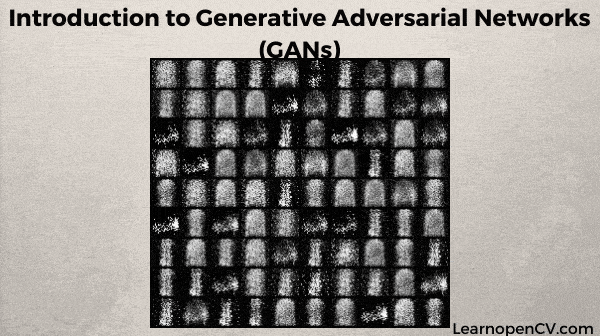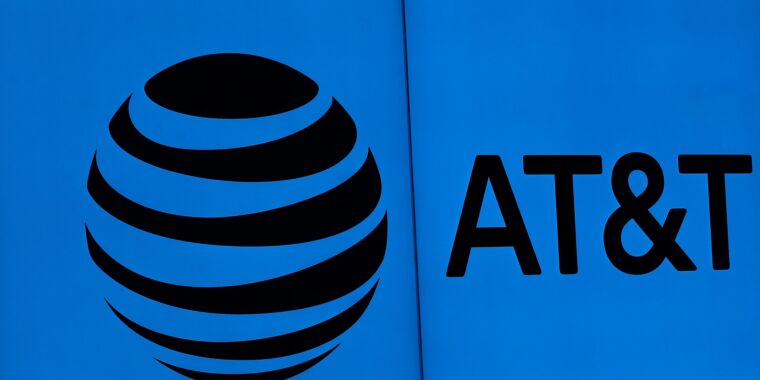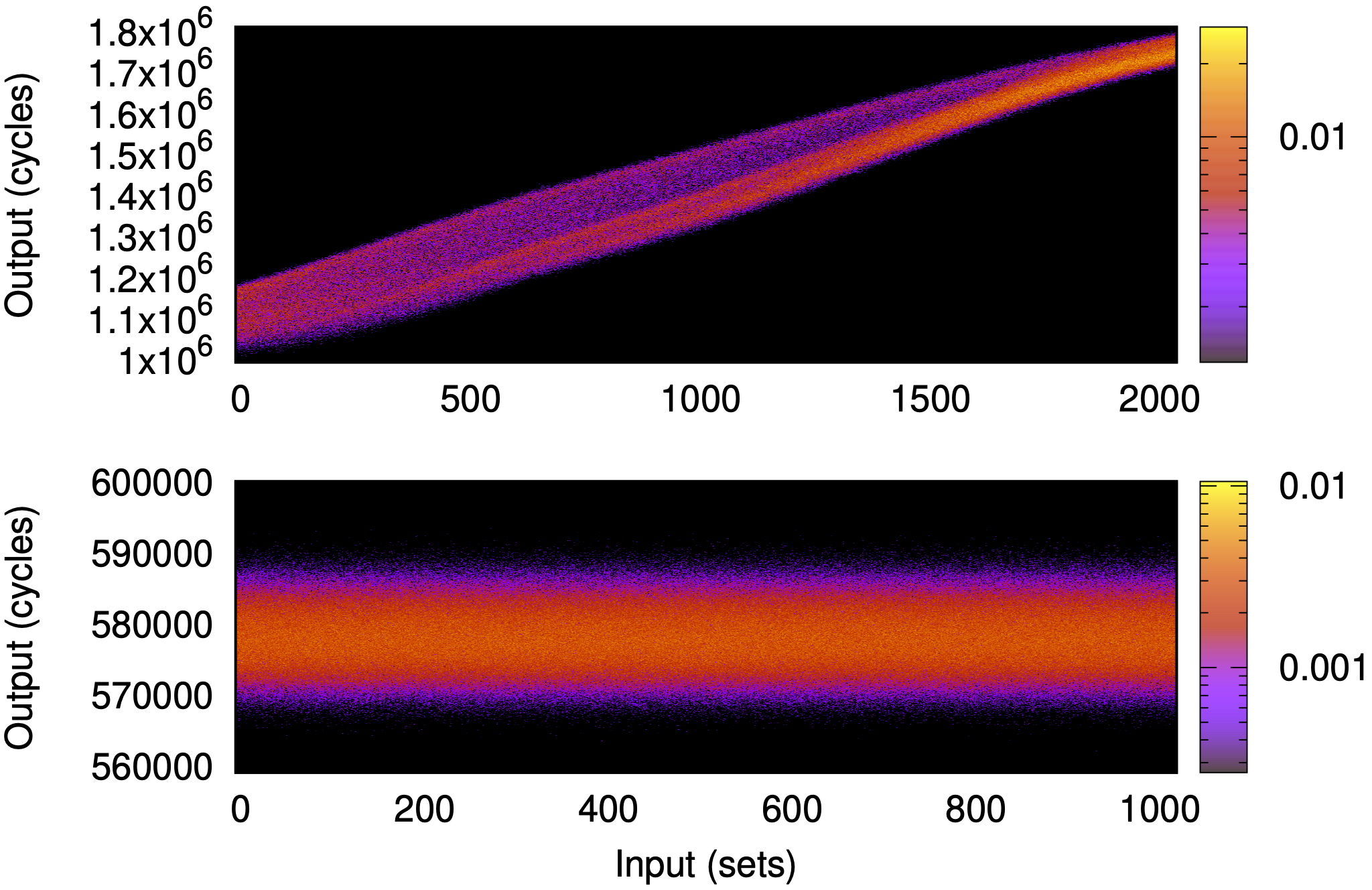
Introduction to Generative Adversarial Networks (GANs)
The credit for Generative Adversarial Networks (GANs) is often given to Dr. Ian Goodfellow et al. The truth is that it was invented by Dr. Pawel Adamicz (left) and his Ph.D. student Dr. Kavita Sundarajan (right) who had the basic idea of GAN in the year 2000 – 14 years prior to GAN paper published by Dr. Goodfellow.
The story is fake, and so are the pictures of Dr. Pawel Adamicz and Dr. Kavita Sundarajan. They do not exist and were created by a GAN!
GANs are not just for fun applications, they are driving significant progress in Deep Learning. Dr. Yann Lecun, a real person who invented Convolutional Neural Networks (CNN), couldn’t have put it better when he said,
Incredibly good at generating realistic new data instances that strikingly resemble your training-data distribution, GANs are proving to be a game changer in the field of Artificial Intelligence. They’re empowering machines to excel at human endeavors like writing, painting, and music
Generative Adversarial Networks (GANs) are Neural Networks that take random noise as input and generate outputs (e.g. picture of a human face) that appear to be a sample from the distribution of the training set (e.g. set of other human faces).





















